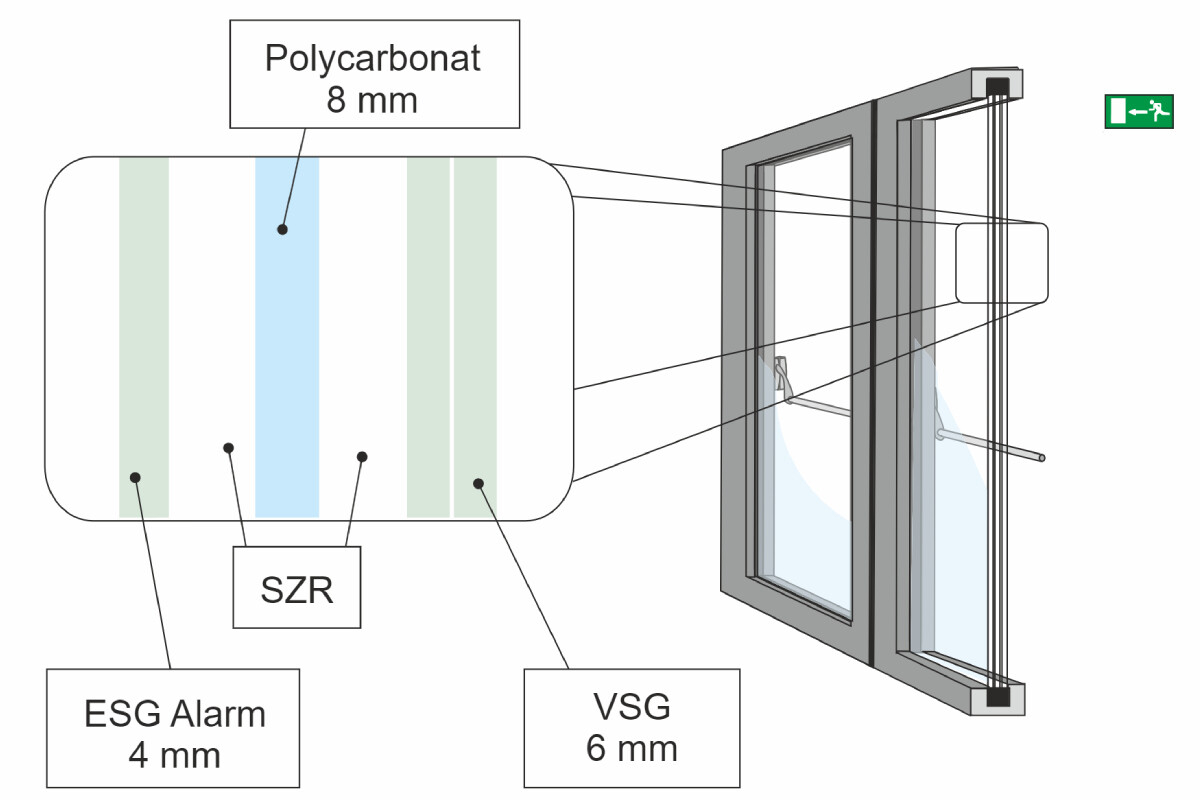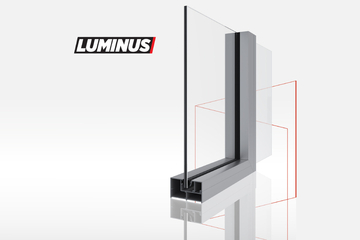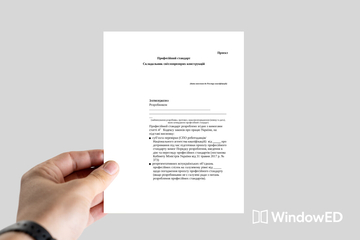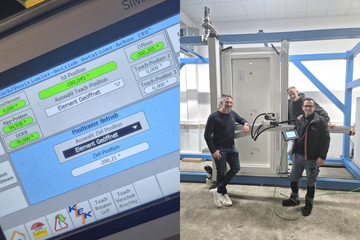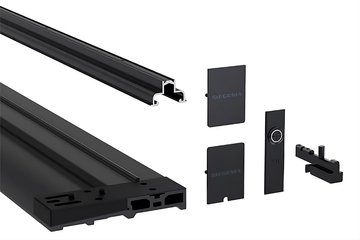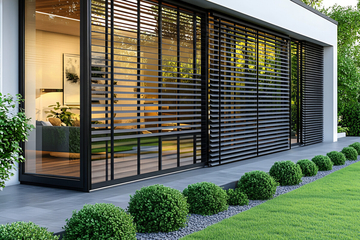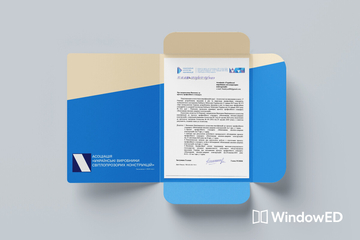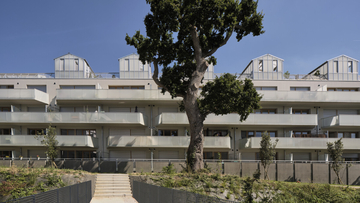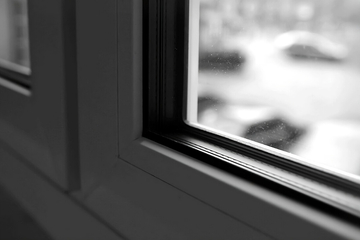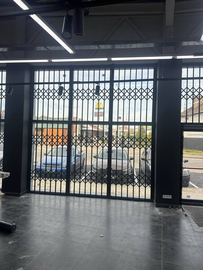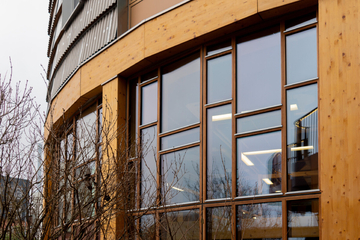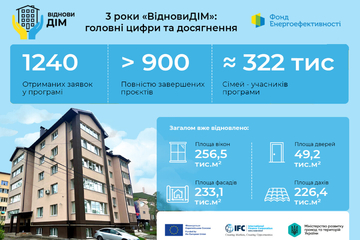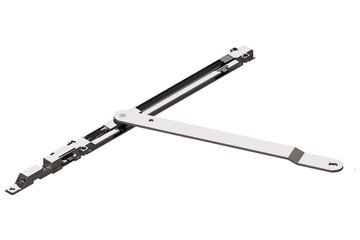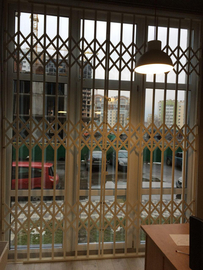The design of the trisophon panic protect 36 is optimized to achieve a thickness of 36.38 mm. On the attack side, the insulating glass unit has 4 mm tempered glass (ESG), followed by 8 mm polycarbonate and 6 mm laminated glass (VGS). The distance between the glasses is 9 mm.
A series of tests during product development showed that trisophon withstands more than 70 axe blows, according to the EN 356 standard, in the P8B resistance class. This means that the doors will be able to withstand a break-in attempt for more than 3 minutes, in accordance with the RC2 EN 1627 standard.
Polycarbonate also allows the weight of the product to be reduced to 35 kg/m².
Read also: Blast-resistant windows were presented for the first time in Ukraine.
Technical specifications of the trisophon panic protect 36:
- Ug = 0.9 W/m²K (with coating).
- Thickness: 36.38 mm.
- Weight: 35 kg/m².
- Attack resistance: P8B / RC2 panic.
